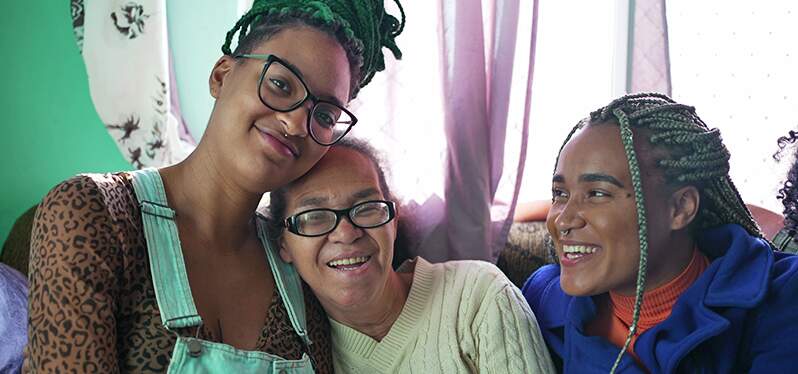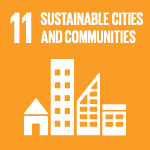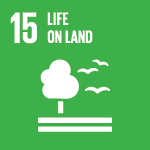Posted in: 07/11/2023
The growth of the Brazilian population reached 203.1 million people , according to the 2022 Census , carried out by the Brazilian Institute of Geography and Statistics (IBGE), which represents a 6% growth compared to 2010 , the year of the last census carried out , where the population was 191 million inhabitants.
The numbers were below what was projected by experts from the IBGE and the UN , who had an estimate of between 213 and 215 million Brazilian men and women, respectively.
The institute points out that the covid-19 pandemic and the drop in the birth rate may be factors that contributed to the non-achievement of the projection, leading to the lowest population growth rate in the country in history .
However, the annual growth rate of the Brazilian population has been falling since the 1950s and 1960s , when it reached 2.99%. After this period, the rate gradually dropped, reaching 0.52% in 2022.
Medium-sized cities – from 100,000 to 499,000 inhabitants – were responsible for boosting the growth of the Brazilian population , of the 12 million new and new inhabitants, 67.5% are residents of medium-sized cities , that is, 8.3 million.

Such cities concentrate 27.96% of the entire population , while large cities – those with more than 500,000 inhabitants – concentrate almost the same amount, 28.99% of Brazilian men and women.
The 2022 Census also defined the most populous cities. Are they:
Among the most populous states are: São Paulo , with 44.42 million inhabitants, Minas Gerais , with 20.53 million, Rio de Janeiro , with 16.05, Bahia , with 14.13 million, Paraná , with 11 .44 million, Rio Grande do Sul , with 10.88 million, Pernambuco , with 9.05 million, Ceará , with 8.79 million, Pará , with 8.11 million, and Santa Catarina , with 7.60 million inhabitants .
With these data, it was possible to understand that the five most populous states concentrate 52.5% of the entire Brazilian population . In addition, 41.78% of the population is in the Southeast of the country, while the Midwest is the region with the lowest population concentration.
With access to the results of the 2022 Census, as well as those carried out in previous years, public authorities and civil society can work together to create public policies and actions , in addition to the distribution of public resources , in favor of social development.


Sign up and receive our news.